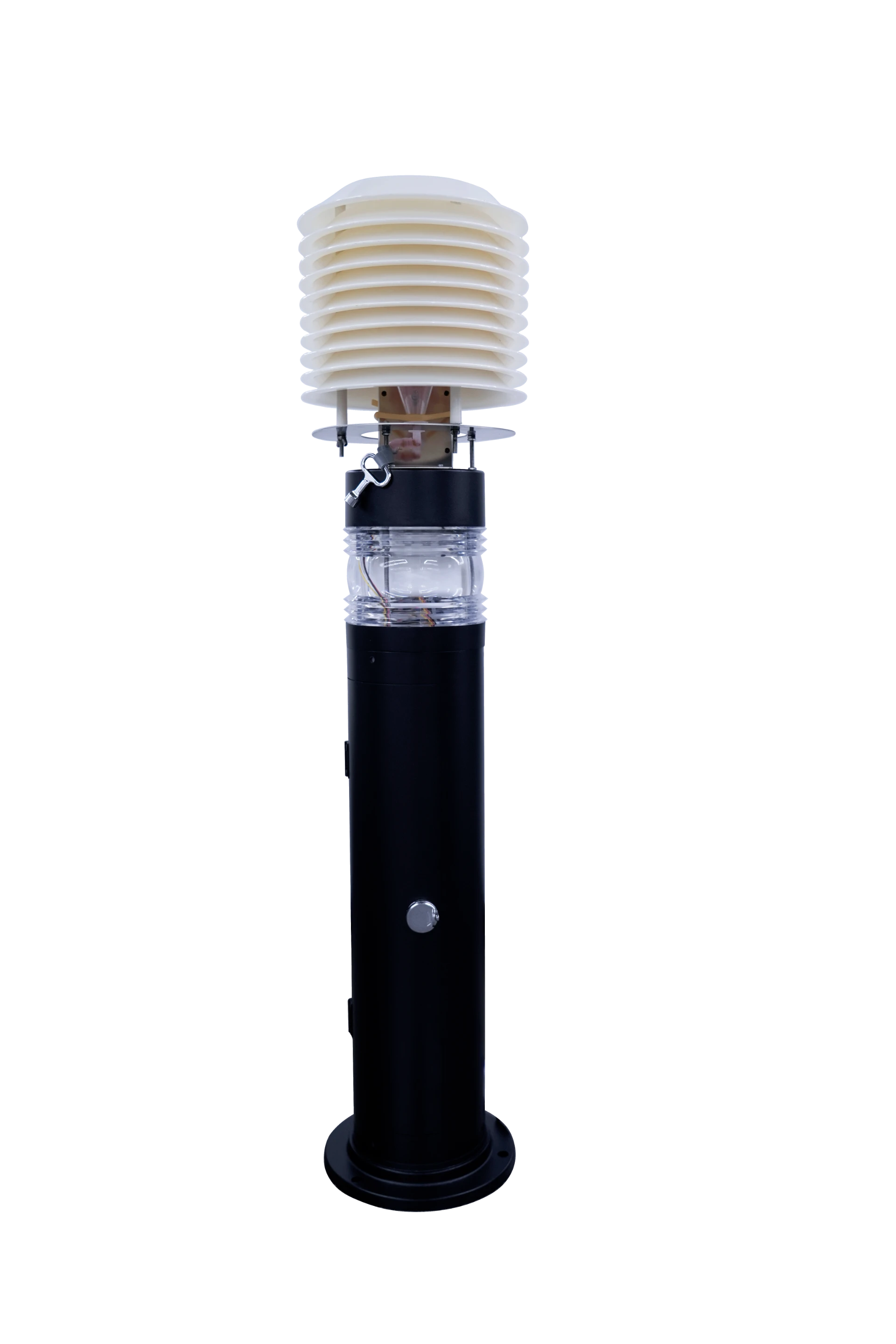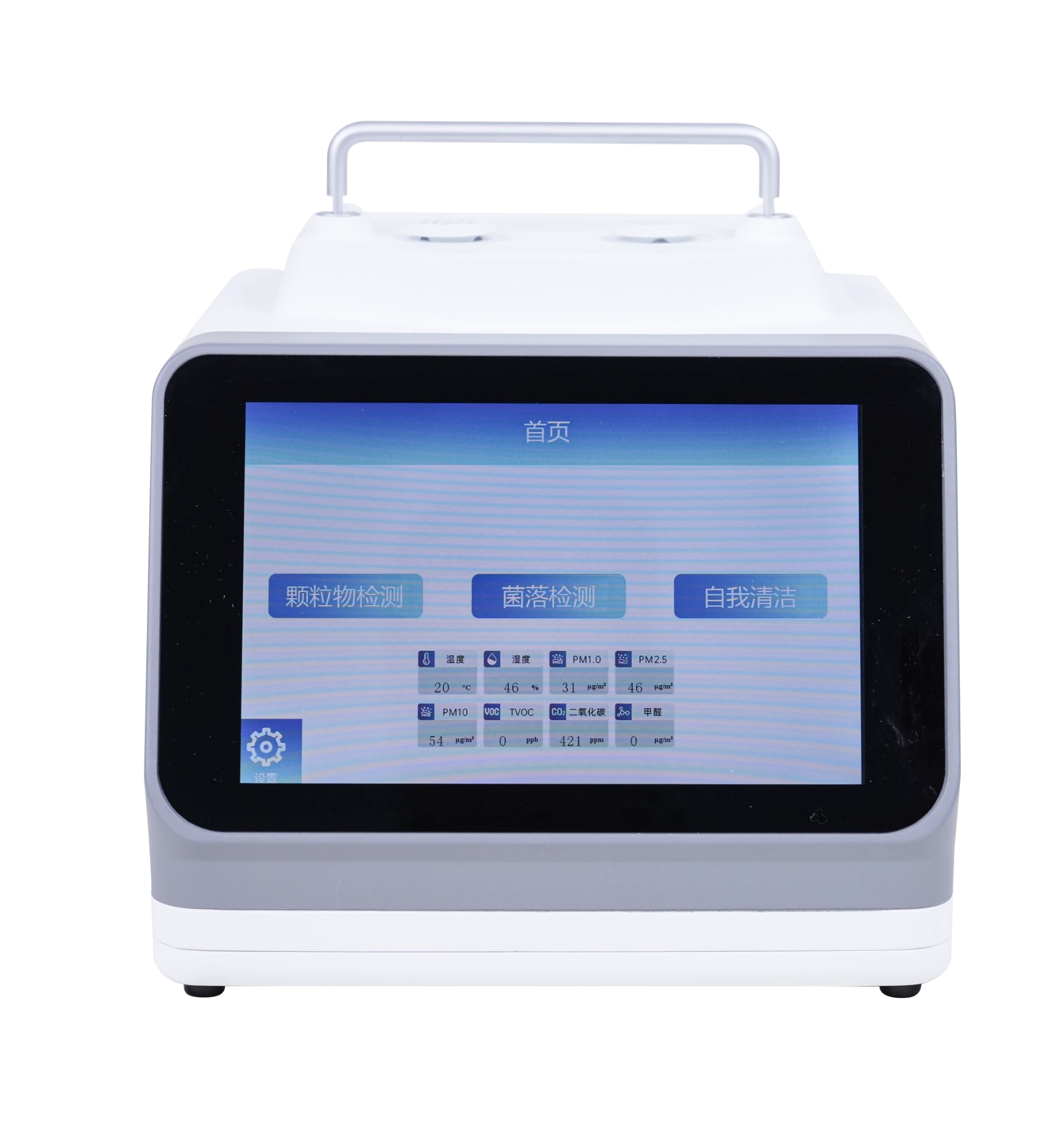
Understanding Bioaerosol Monitors: What They Measure and Why They Matter
In recent years, the importance of monitoring air quality has gained significant attention, particularly in the context of public health and environmental safety. One of the critical tools in this endeavor is the bioaerosol monitor, a device designed to measure airborne biological particles, including bacteria, viruses, fungi, and pollen. As urbanization and industrial activities continue to rise, understanding the role of bioaerosol monitors becomes increasingly vital.
What is a Bioaerosol?
Bioaerosols are tiny biological particles that are suspended in the air. They can originate from various sources, including natural environments, agricultural activities, and human-made processes. Common examples of bioaerosols include mold spores, pollen grains, and bacteria released from soil or decaying organic matter. These particles can have significant implications for human health, as they can trigger allergies, respiratory issues, and even infectious diseases.
How Bioaerosol Monitors Work
Bioaerosol monitors utilize various technologies to detect and quantify these airborne particles. Most commonly, they employ methods such as optical detection, culture-based sampling, and molecular techniques.
1. Optical Detection: This method uses lasers or light sources to illuminate the air sample. When bioaerosols pass through the light beam, they scatter the light, which is then detected and analyzed. This technique allows for real-time monitoring and can provide immediate feedback on the concentration of bioaerosols in the air.
2. Culture-Based Sampling: In this approach, air samples are collected on a growth medium, allowing any viable microorganisms to grow and multiply. After a specified incubation period, the colonies can be counted and identified, providing insights into the types and quantities of bioaerosols present.
3. Molecular Techniques: Advanced bioaerosol monitors may also employ polymerase chain reaction (PCR) technology to detect specific genetic material from microorganisms. This method is highly sensitive and can identify pathogens that may not be detectable through traditional culture methods.
Applications of Bioaerosol Monitoring
The applications of bioaerosol monitoring are vast and varied. In healthcare settings, these monitors are crucial for infection control, particularly in hospitals and clinics where vulnerable populations are present. By tracking the levels of airborne pathogens, healthcare facilities can implement appropriate measures to reduce the risk of airborne transmission.
In environmental monitoring, bioaerosol monitors help assess the impact of agricultural practices, urban pollution, and climate change on air quality. For instance, increased agricultural activity can lead to higher levels of pollen and fungal spores, which can affect both human health and ecosystem balance.
Moreover, bioaerosol monitoring plays a significant role in research related to climate change. As global temperatures rise, the distribution and concentration of bioaerosols may shift, potentially influencing weather patterns and ecological dynamics.
The Importance of Bioaerosol Monitoring
The significance of bioaerosol monitoring cannot be overstated. With the ongoing challenges posed by air pollution and emerging infectious diseases, understanding the composition and concentration of bioaerosols is essential for public health and safety.
Regulatory agencies and public health organizations are increasingly recognizing the need for comprehensive air quality monitoring systems that include bioaerosol assessments. By integrating bioaerosol monitoring into broader air quality management strategies, communities can better protect their residents and promote healthier environments.
In conclusion, bioaerosol monitors are vital tools in the fight for cleaner air and better public health. As technology advances and our understanding of airborne biological particles deepens, these monitors will continue to play a crucial role in safeguarding our health and the environment.
-
The Integration of Bio Detection with Artificial IntelligenceNewsMay.23,2025
-
The Importance of Calibration for Bioaerosol SamplersNewsMay.23,2025
-
The Importance of Bio Sampling in Environmental ResearchNewsMay.23,2025
-
The Advantages of Mini PCR TechnologyNewsMay.23,2025
-
How to Perform a Mycoplasma PCR TestNewsMay.23,2025
-
Choosing the Right Bacteria Detection Device for Your NeedsNewsMay.23,2025





